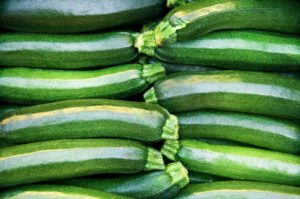
Having done veg boxes for the best part of five years now, one of the questions we are most commonly asked is: is your produce certified organic? Organic certification involves: 1. Us as producers adhering to a strict set of practices that ensure that no non-organic inputs (such as pesticides, fungicides, herbicides and synthetic fertilisers) are used in the production of goods, and 2. A certifier being engaged to confirm that these practices have been followed. Organic producers have to use alternative, often more time-consuming ways of dealing with pests, diseases, malnutrition and weeds, but most importantly they have to pay a certifier – and this is why organic produce is almost always more expensive than produce that is not organic.
We don’t use the above-mentioned chemicals, as we want to protect our soils for the future, so we are in accordance with organic practices. However, we are not certified. Why not? We feel that because we have such a close connection to our customers, and because we are transparent & authentic with our community, we don’t need a stamp to prove that we are doing the right thing by our environment and community.
If you are buying produce from a supermarket, and don’t know the farm where it has come from, then the organic certification is absolutely essential for you to have confidence that you are feeding your family food that is grown well. For example, the fruit and veg that we bring in to supplement our own produce in our boxes, is purchased from a certified organic wholesaler. Because we don’t know who the individual farmers are, it’s essential that we get certified organic.
But as one of our veg box customers, you have a direct relationship to us as, the growers. You know what we’re about, you can visit our farm as part of a tour or on a community day and see how we do things (you can even check our inputs if you like!), and you can call or email our fair food team and ask whatever question you like!
We like to think that while we’re not organic certified, we’re customer certified. We aim to grow food that is good for the people who grow it, good for the people who eat it, and good for the environment. We share with you how we grow our food and we trust that you will weigh up the contribution that our food is making in your lives and others’.
Enjoy
Cal Champagne
Green Connect Farm Manager
Curious about why our produce tastes and looks so good?
Come see our award-winning farm this Saturday August 1st. We’ll show you around the site and explain how we apply organic and permaculture principles to bring you this bountiful box of goodness. There’s an adults-only tour at 10am ($24) and a family-friendly tour at 1pm & 2:30pm ($14pp). Book here.

What’s that in my box:
Did you know that Oyster mushroom only started being farmed in the last 100 years? These yummy mushrooms are a great addition to salads, soups, sautes, and stir-fries! They’re sure to sizzle their way into your top 10 favourite veg with their mild flavour and health benefits.
For more information on how to store & cook any of our vegetables, visit this dietitian website. and type in the veggie you’re looking for.
Sweet sesame-lime cabbage salad – serves 4
https://detoxinista.com/sweet-sesame-lime-cabbage-salad/
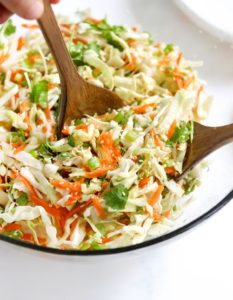
Ingredients
For the salad:
1/2 head cabbage , shredded (4 cups)
2 carrots , shredded (1 cup)
3 green onions , chopped (about 1/2 cup)
1 large handful fresh coriander, chopped (about 1 cup)
Sesame seeds , for garnish (optional)
For the dressing:
1/4 cup fresh lime juice
2 tablespoons honey , or to taste
1 teaspoon raw apple cider vinegar
1 garlic clove, minced (about 1 teaspoon)
1 inch fresh ginger, minced (about 1 tablespoon; or 1 teaspoon ground)
1/2 teaspoon sea salt
1 tablespoon toasted sesame oil
Instructions
In a large bowl, combine the lime juice, honey, vinegar, garlic, ginger, salt, and sesame oil. Whisk well to combine. Add in the shredded cabbage, carrots, green onion, and cilantro, then toss well to coat everything with the dressing. The flavours are best when you let them marinate together for at least 15 minutes. After the salad has marinated, toss again right before serving, then garnish with sesame seeds, if desired. This recipe will serve 4 as a side salad, or 2 as a main course with your favourite toppings. Leftovers can be stored in an airtight container in the fridge for up to 3 days.
Beetroot, corn, carrot, and chickpea falafels (Gluten free) – makes 8
https://thetwincookingproject.net/gluten-free-beetroot-corn-carrots-and-chickpea-kebabs/
Ingredients
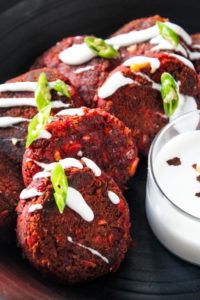 1 cup boiled chickpeas
1 cup boiled chickpeas
3/4 cup boiled sweet corn
1/2 tsp red chilli powder
1 cup carrot (cubed in chunks)
1 cup beetroot (cubed in chunks)
1 tbsp extra virgin olive oil
1/2 tsp roasted cumin powder
salt
1/4 cup roasted chickpea flour
3 tbsp oil for pan frying the kebabs
Instructions
Preheat the oven to 200°c. To a large mixing bowl, add beetroot and carrots. Add olive oil and salt. Mix well and transfer to a baking sheet lined with parchment paper and bake for 25 minutes.
Once the carrot and beetroot have roasted/ baked, transfer them to the kitchen counter and let cool to room temperature. Add the carrots and beetroot to a blender/food processor. Then add sweet corn and chickpeas and blitz until a pasty mixture is formed. Transfer this to the mixing bowl. Add roasted cumin powder, chilli powder, salt and chickpea flour and prepare a dough. Prepare small bite sized falafel and keep aside. Add 1.5 tbsp oil to a non-stick fry pan and add 4 falafels at a time, cook for about 1.5 min per side. Repeat the same for the remaining ones. Serve hot with your choice of sauce.


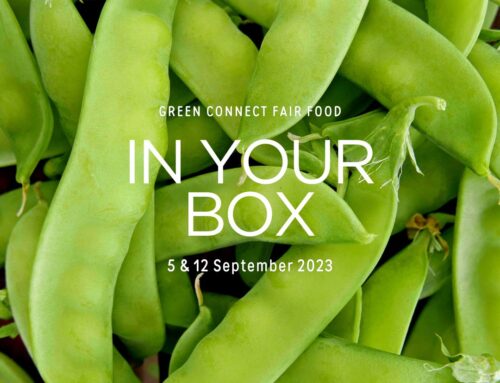

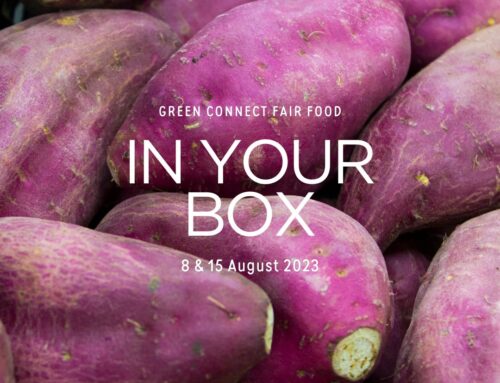
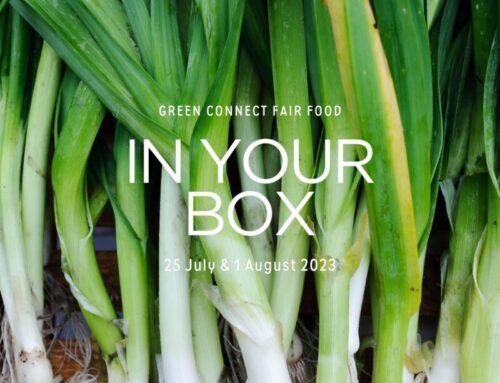
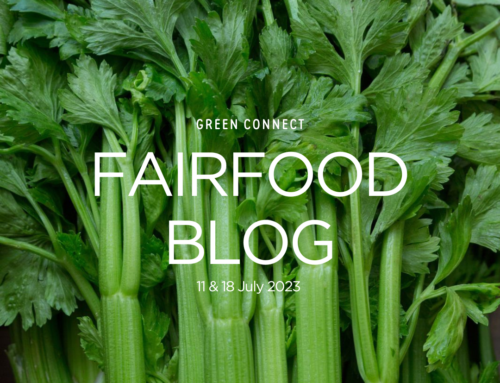
Leave A Comment
You must be logged in to post a comment.